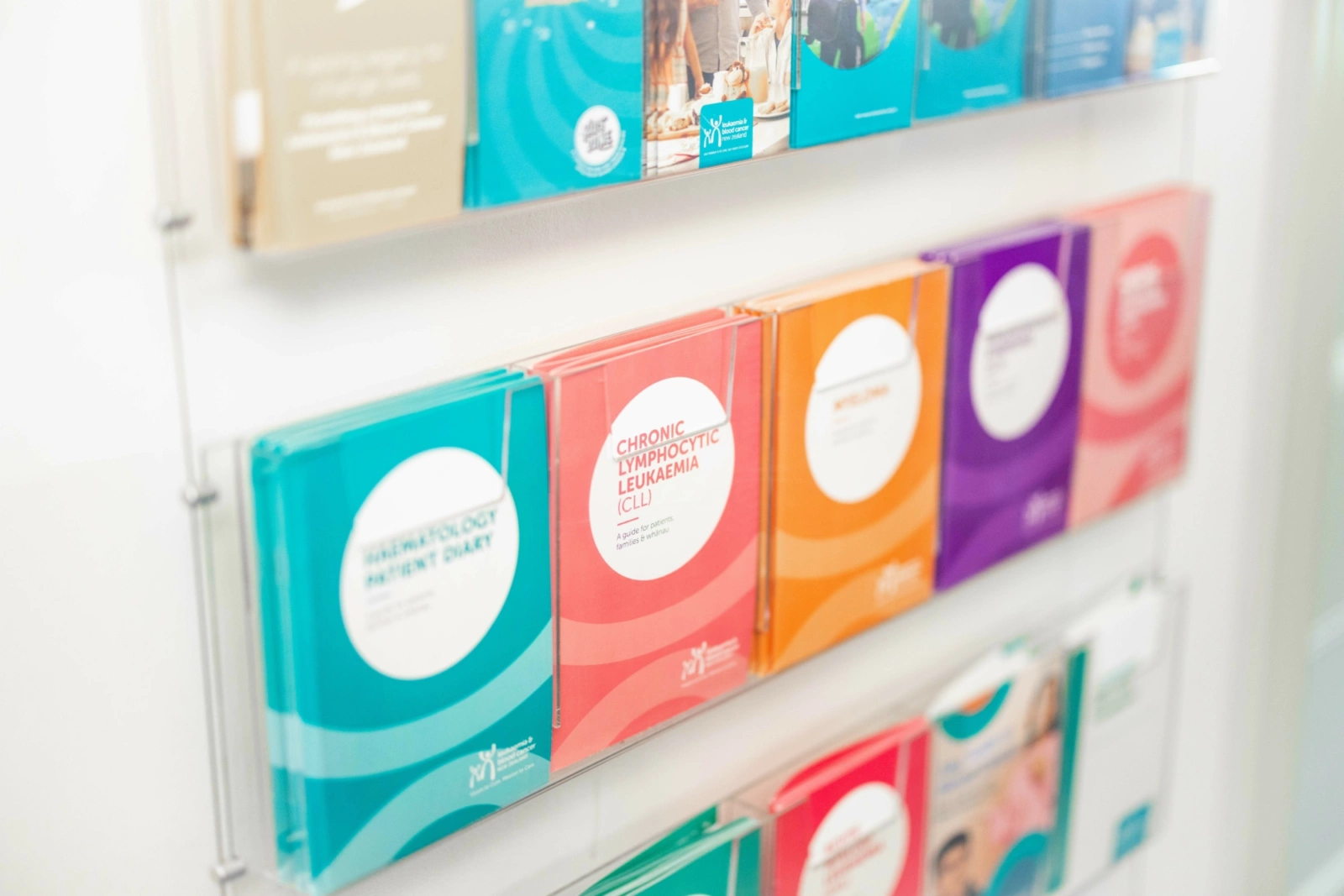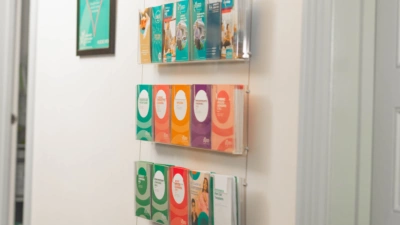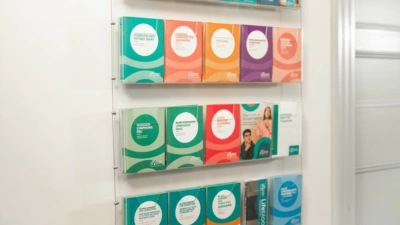Bone marrow
Bone marrow is a spongy material inside your bones that contains cells called blood stem cells. Blood stem cells create new blood cells in your body including red blood cells, white blood cells and platelets.
You might like to think of the bone marrow as the blood cell factory. The main workers at the factory are the blood stem cells. They are relatively few in number but are able, when stimulated, to replicate themselves and grow and divide into slightly more mature stem cells, called myeloid stem cells and lymphoid stem cells. These can multiply and mature further to produce all the circulating blood cells.
Myeloid stem cells develop into red blood cells, white blood cells (neutrophils, eosinophils, basophils and monocytes) and platelets. Lymphoid stem cells develop into two other types of white blood cells called T-lymphocytes and B-lymphocytes.
Blood
Blood is made up of blood cells and plasma. Plasma is a light-yellow-coloured liquid, which blood cells use to travel around your body.
Red blood cells
Red blood cells contain haemoglobin (Hb), which transports oxygen from the lungs to all parts of the body. Haemoglobin also carries carbon dioxide to the lungs where it can be breathed out. In New Zealand, haemoglobin is measured in grams per litre of blood (g/L).
The normal haemoglobin range for a man is between 130 – 175 g/L
The normal haemoglobin range for a woman is between 115 – 155 g/L
Red blood cells are by far the most numerous blood cell. The proportion of your blood that is made up of red blood cells is called the haematocrit (HCT) or packed cell volume (PCV). A haematocrit level is the percentage of red blood cells in your blood.
The normal range of the haematocrit for a man is between 40 – 52% (0.40-0.52 L/L)
The normal range of the haematocrit for a woman is between 35 – 46% (0.35-0.46 L/L)
White blood cells
White blood cells, also known as leukocytes, fight infection. There are different types of white blood cells which fight infection together in different ways.
- Neutrophils – kill bacteria and fungi
- Eosinophils – kill parasites
- Basophils – work with neutrophils to fight infection
- T-lymphocytes – kill viruses, parasites and cancer cells; produce cytokines (chemicals which help coordinate immune responses)
- B-lymphocytes – make antibodies which can target harmful microorganisms (germs)
- Monocytes – work with neutrophils and lymphocytes to fight infection; they also help with antibody production and act as scavengers to remove dead tissue.
- Macrophages – Monocytes are known as macrophages when they move to body tissue to help fight infection there.
If your white blood cell count drops below normal you are at increased risk of infection.
In New Zealand, white blood cells are measured in number of cells per litre. For example, 4.0 x 109/L means there are 4,000,000,000 (four billion) white blood cells per litre of blood.
The normal adult white blood cell range is between 4.0 – 11.0 x 109/L
Neutropenia is the term given to describe a lower than normal neutrophil count. If you have a neutrophil count of less than 1.0 (1.0 x109/L) you are considered to be neutropenic and at risk of developing frequent and sometimes severe infections.
The normal adult neutrophil range is between 2.0 – 7.5 x 109/L
Platelets
Platelets are disc-shaped cells that help your blood clot and prevent bleeding. If a blood vessel is damaged (for example by a cut), the platelets gather at the site of the injury, stick together and form a plug to help stop the bleeding.
In New Zealand, platelets are measured in number of cells per litre. For example, 150 x 109/L means there are 150,000,000,000 (150 billion) platelets per litre of blood.
The normal adult platelet range is between 150 – 400 x 109/L
Thrombocytopenia is the term used to describe a low platelet count. If your platelet count is low, you are at higher risk of bleeding, and tend to bruise easily. Platelet transfusions are sometimes given to bring the platelet count back to a higher level.
The normal blood counts provided here may differ slightly from the ones used at your treatment centre. You can ask for a copy of your blood results, which should include the normal values for each test.
The lymphatic system
The lymphatic system is made up of a large network of tubes (like blood vessels) that branch out into all the tissues of the body. These vessels contain lymph, a colourless watery fluid that carries lymphocytes, which are white blood cells that fight infection. There are three types of lymphocytes, B-lymphocytes (B-cells), T-lymphocytes (T-cells) and natural killer cells (NK cells). These cells protect us by making antibodies and destroying harmful microorganisms like bacteria and viruses.
The lymphatic system forms part of the immune system, which protects our bodies against disease and infection.
Clusters of small bean-shaped organs called lymph nodes (also known as lymph glands) are found throughout the lymphatic system. The lymph nodes, which are filled with lymphocytes, act as important filtering stations, cleaning the lymph fluid as it passes through them. Bacteria, viruses and other harmful substances are removed and destroyed. When you have an infection, for example, a sore throat, you may notice that the lymph nodes under your jawbone become swollen and tender. This is because the lymphocytes become activated and multiply in response to the virus or bacteria causing the infection.
We have created a booklet to help you and your family/whānau understand many of the medical terms you may come across. You can view and download the Dictionary of Terms booklet here.




